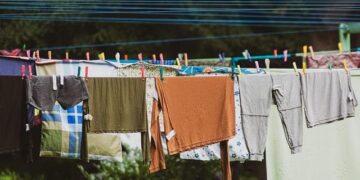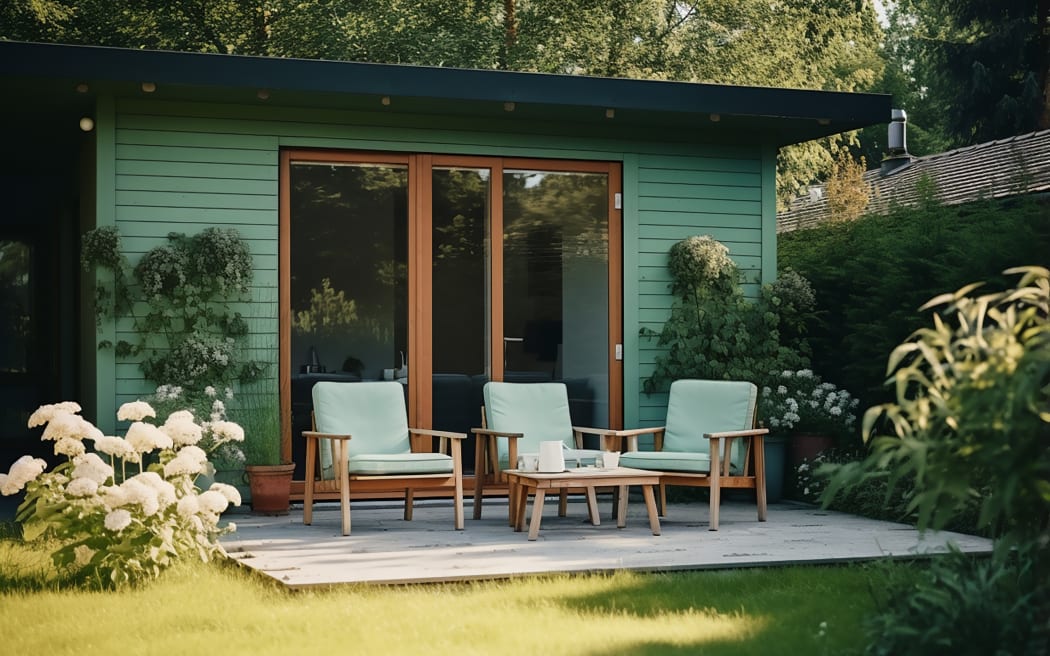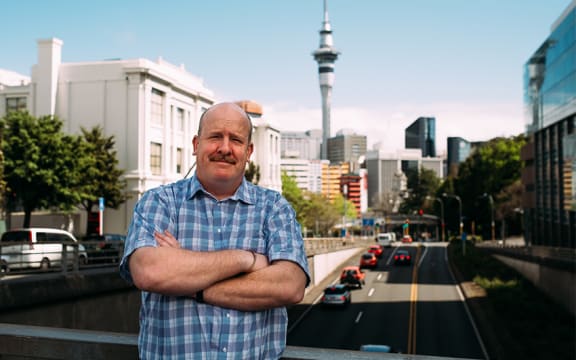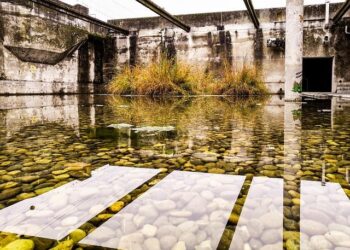Photo: 123rf
A “granny flat” or minor dwelling might provide a stream of income, but it is unlikely to boost the value of the property, commentators say.
The government has revealed plans to make it easier to build small, self-contained and detached houses on a property that already has an existing home on it.
It is asking for feedback on options that would allow “granny flats” up to 60 square metres to be built without a building or resource consent.
Opes Partners economist Ed McKnight said a minor dwelling of that size would normally cost $200,000 to $300,000 to build.
It would then rent for $400 to $600 a week, depending on where it was in the country.
Someone borrowing $200,000 on a principal-and-interest home loan over 30 years with an interest rate of 7.19 percent would pay $313 a week in repayments.
McKnight said while a minor dwelling might provide a gross yield of 8 percent to 12 percent, it would probably not improve the value of the overall property much.
“If you spend $250,000 building a minor dwelling, it might add just over $250,000 worth of value to your property. But it won’t likely add $350,000, for example. So investors typically do this to create cash-flow. For example, an older person might decide to build a minor dwelling on their backyard and rent it out to help fund their retirement.”
He said a house with a minor dwelling would sometimes take longer to sell.
“Typically you’ll see home and income properties take 10 percent to 20 percent longer to sell. So if it takes 40 days to sell a house, typically, it might take 44 to 48 days to sell a home and income property, on average.”
AUT professor John Tookey.
Photo: https://www.aut.ac.nz/
AUT professor John Tookey said $3000 per square metre would be a baseline starting point for a newly built property.
But portable cabins over 30sqm would also be affected by the change. Smaller cabins generally already do not require a building consent.
Larger cabins can be bought as new kitsets from about $30,000. But they often do not have plumbing so cannot be used as a standalone property.
Property investor and coach Graeme Fowler said he had put a cabin in on his own property, which was small enough not to require consent.
He said such cabins could also be rented or bought second-hand – sometimes for as little as $8000.
Graeme Fowler’s cabin.
Photo: SUPPLIED
“If you were to hire a cabin yourself for say $100 a week, you may charge anywhere from $100, up to possibly $200, depending on your location, market rents…
“Let’s say you bought a cabin, had it moved on to your rental property, set it all up for the tenants – and it costs you $10,000. You then rent this for $120 per week to the tenants who have extra family that they want to also live at the property. Within two years, you would have already covered your cost to purchase the cabin, plus you still own it and receive rent from it.”
Rental properties need to meet Healthy Homes rules.
Tookey said he did not expect a “free for all” of people building secondary or minor dwellings. Properties would have to be built to code by licensed builders, he said.
There would also have to be consideration given to things like the impact of a new dwelling on stormwater runoff.
The cost savings would be several thousands dollars in resource consent application, time savings, and several thousand in the cost of having plans drawn up for the resource consent.
“Very often the monies spent in developing the design for consenting purposes are thereafter used for the purposes of getting building consents completed.
“That said, in order to get to the point that all work for the new granny flat is ‘is conducted or supervised by competent professionals under current occupational licensing requirements to ensure all building work will meet the building code’ means that a Licensed Building Practitioner or equivalent would be engaged to do the work.
“This would inevitably use some sort of design work to ensure that it was built as per appropriate spec. So these cost savings may be only partial depending on the process adopted.”
A report by CoreLogic found that 18 percent of Sydney’s properties were suitable for a granny flat. In Melbourne, it was 13.2 percent and in Brisbane more than 23 percent.
“For policy makers and government, granny flats present an immediate and cost-effective opportunity to deliver much needed housing supply within existing town planning guidelines,” CoreLogic Australia research director Tim Lawless said.
“For homeowners, the addition of a second self-contained dwelling provides an opportunity to provide rental housing or additional accommodation for family members, while at the same time, increasing the value of their property and potentially attaining additional rental income.”
>>> Read full article>>>
Copyright for syndicated content belongs to the linked Source : RNZ – https://www.rnz.co.nz/news/business/519866/granny-flats-do-they-pay-off-investors-run-the-numbers


































